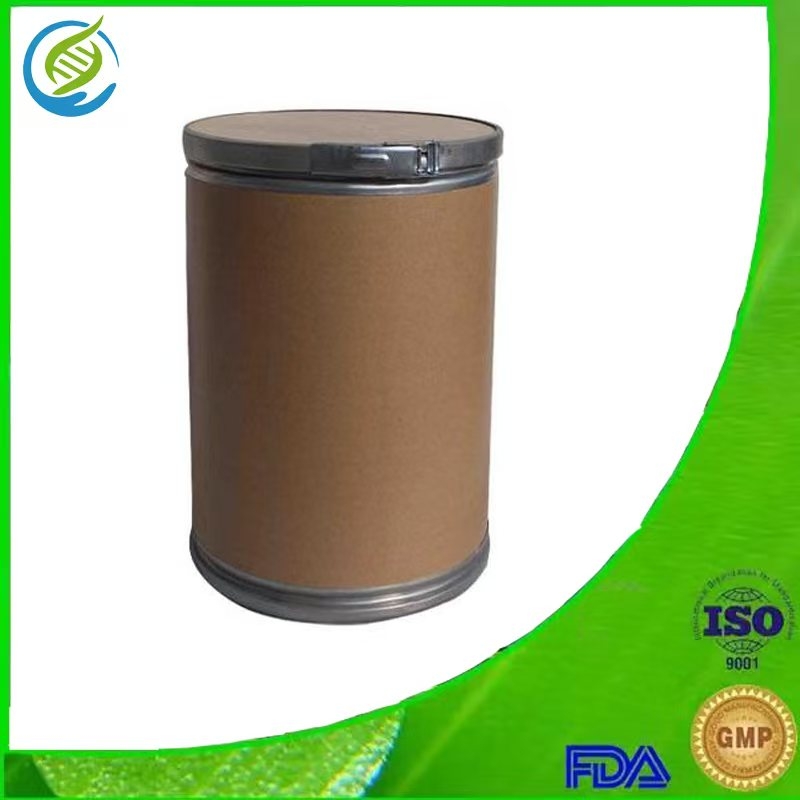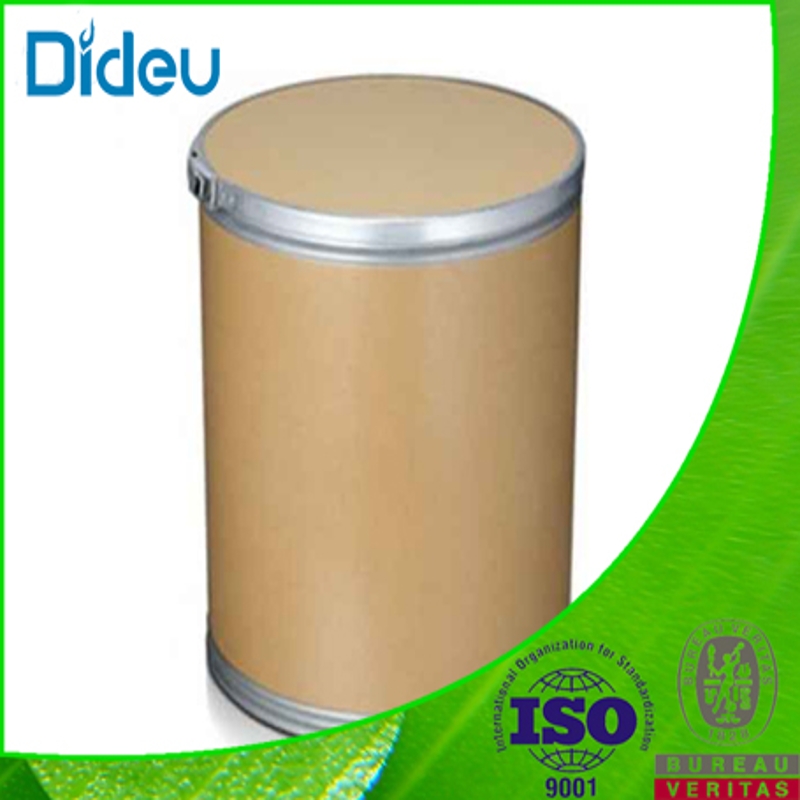-
Categories
-
Pharmaceutical Intermediates
-
Active Pharmaceutical Ingredients
-
Food Additives
- Industrial Coatings
- Agrochemicals
- Dyes and Pigments
- Surfactant
- Flavors and Fragrances
- Chemical Reagents
- Catalyst and Auxiliary
- Natural Products
- Inorganic Chemistry
-
Organic Chemistry
-
Biochemical Engineering
- Analytical Chemistry
-
Cosmetic Ingredient
- Water Treatment Chemical
-
Pharmaceutical Intermediates
Promotion
ECHEMI Mall
Wholesale
Weekly Price
Exhibition
News
-
Trade Service
The Importance of Upstream and Downstream Products in the Chemical Industry: A Focus on 6,7-Dimethoxy-1,2,3,4-tetrahydroisoquinoline Hydrochloride
In the chemical industry, there are many different compounds that are used to create a wide range of products.
Some of these compounds are used as starting materials for the production of other chemicals, while others are used as final products in their own right.
In either case, it is important for chemical companies to have a thorough understanding of the upstream and downstream products of these compounds, as this can have a significant impact on the overall efficiency and profitability of their operations.
One example of a compound that is of interest to the chemical industry is 6,7-Dimethoxy-1,2,3,4-tetrahydroisoquinoline hydrochloride.
This compound, also known as 6,7-DMT or 6,7-DMA, is a synthetic chemical that is used in a variety of applications.
In this article, we will take a closer look at the upstream and downstream products of 6,7-Dimethoxy-1,2,3,4-tetrahydroisoquinoline hydrochloride, and explore the ways in which these products are used in the chemical industry.
Upstream Products
Upstream products are the compounds that are used as starting materials to produce other chemicals.
In the case of 6,7-Dimethoxy-1,2,3,4-tetrahydroisoquinoline hydrochloride, one of the key upstream products is dimethoxyethane.
This compound is used as a solvent and in the production of other chemicals, such as ethylene oxide and propylene oxide.
These compounds, in turn, can be used to produce a wide range of products, including surfactants, detergents, and other industrial chemicals.
Downstream Products
Downstream products are the chemicals that are produced using the starting materials that are derived from upstream products.
In the case of 6,7-Dimethoxy-1,2,3,4-tetrahydroisoquinoline hydrochloride, one of the key downstream products is 1,4-benzoxazepine.
This compound is used in the production of pharmaceuticals, and it is also used as a research chemical for the development of new drugs.
Other downstream products of 6,7-Dimethoxy-1,2,3,4-tetrahydroisoquinoline hydrochloride include isatin derivatives, which are used in the production of dyes, and other synthetic chemicals that are used in a wide range of applications.
The Importance of Upstream and Downstream Products
As we have seen, the upstream and downstream products of 6,7-Dimethoxy-1,2,3,4-tetrahydroisoquinoline hydrochloride are used in a wide range of applications, from the production of solvents and other industrial chemicals to the development of new drugs and dyes.
This highlights the importance of understanding the upstream and downstream products of chemical compounds, as this information can help companies to optimize their operations and improve their overall profitability.
For example, by understanding the upstream and downstream products of 6,7-Dimethoxy-1,2,3,4-tetrahydroisoquinoline hydrochloride, chemical companies can identify opportunities for cost savings and efficiency improvements.
They can also explore new markets for their products, and develop new processes for the production of chemicals that are in high demand.
In conclusion, the upstream and downstream products of 6,7-Dimethoxy-1,2,3,4-tetrahydroisoquinoline hydrochloride are of great importance to the chemical industry, as






